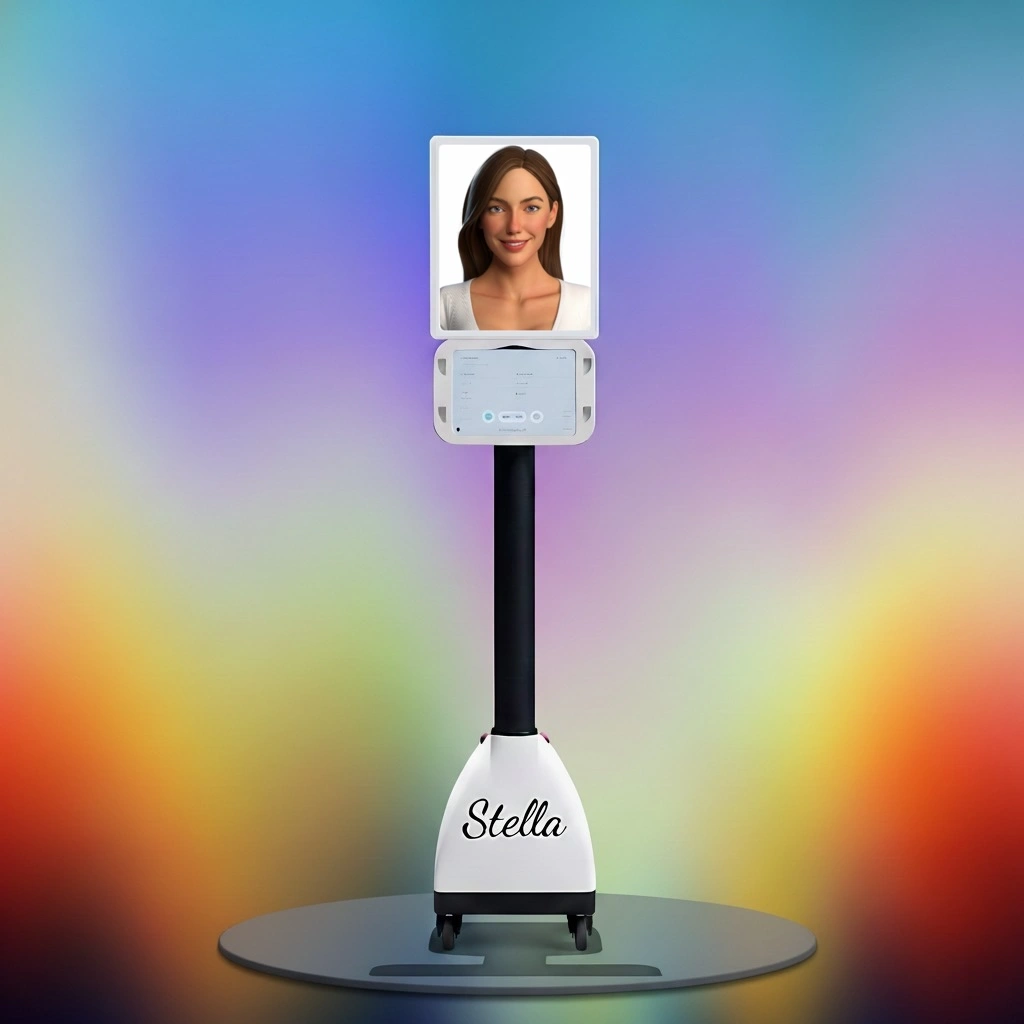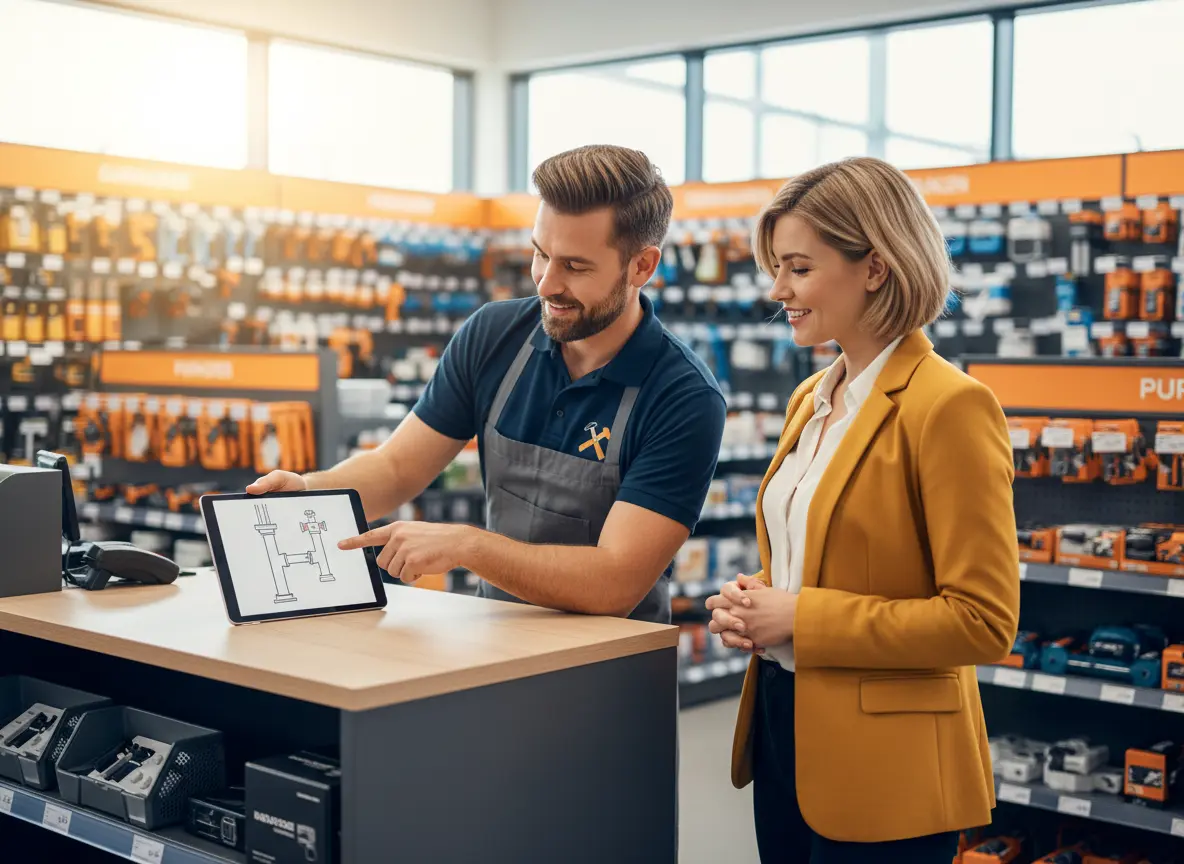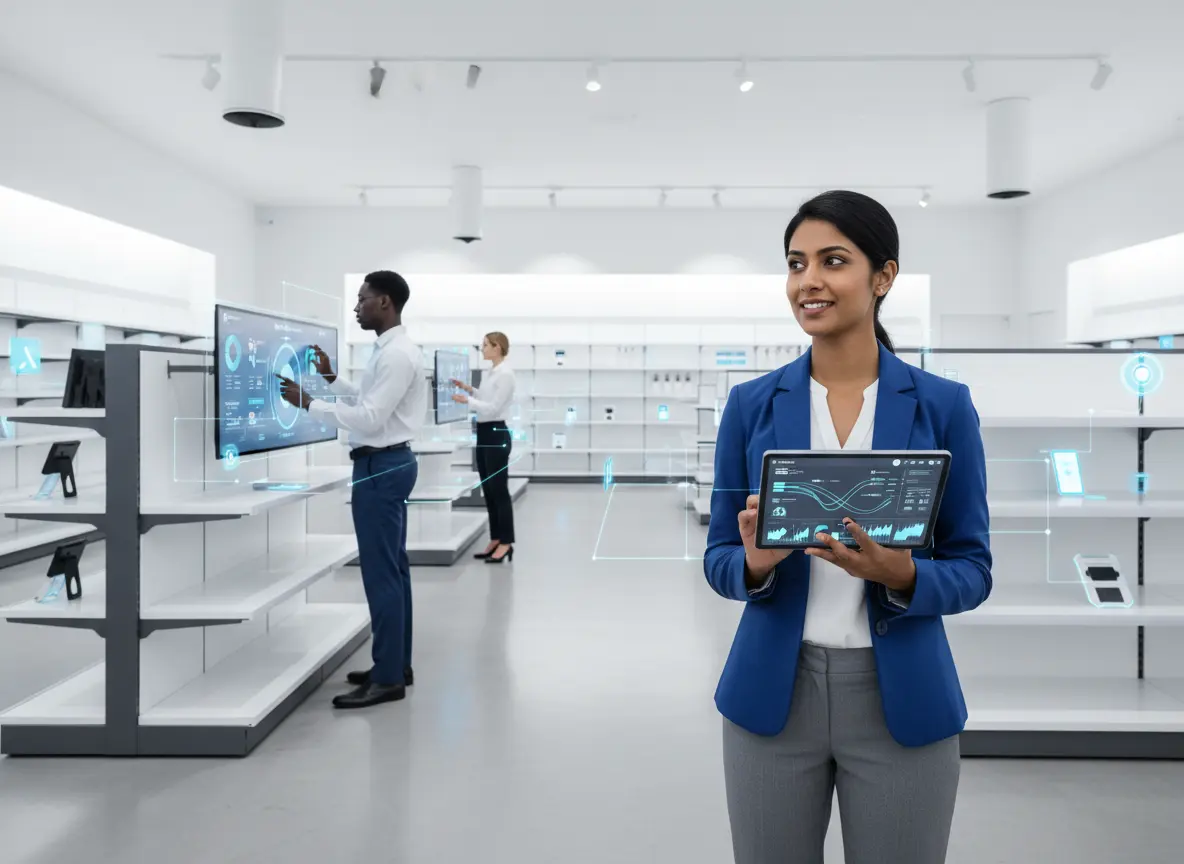Let’s Be Honest: Your Cash Register Is Bleeding You Dry
Remember the glorious, satisfying cha-ching of a vintage cash register? It was the sound of success. Today, the sound of your Point of Sale (POS) system is more likely a series of frustrated sighs, frantic keyboard mashing, and the whimpering of a dial-up modem that somehow time-traveled into your store. Your POS is supposed to be the central nervous system of your retail operation. But if it’s old, clunky, and about as smart as a pet rock, it’s not just failing to help—it’s actively costing you money.
We get it. The thought of overhauling your entire sales system sounds about as fun as a full-store inventory count on New Year's Eve. But clinging to outdated tech is like trying to win a Grand Prix in a horse-drawn buggy. You might be moving, but you're definitely not winning. So, let’s take a slightly painful, slightly amusing look at whether your POS is a profit center or a money pit.
The Tell-Tale Signs Your POS Is Stuck in the Last Century
Denial is a powerful force, but numbers don't lie. Neither does the exasperated look on your cashier's face. If any of the following scenarios feel a little too familiar, it's time for an intervention.
Your Staff Has a Love-Hate Relationship with It (Mostly Hate)
Your team should be focused on selling, not wrestling with a system designed in the dial-up era. Is training a new employee on your POS a week-long ordeal involving a dusty manual and a series of cryptic error codes? When a customer wants to do something simple—like use a gift card and a credit card in one transaction—does your staff need to perform a three-part ritual that involves calling a manager and restarting the terminal?
An outdated POS slows down transactions, creates frustrating bottlenecks at checkout, and makes your employees look incompetent. A modern system is intuitive. It’s fast. It makes complex tasks like returns, special orders, and split payments laughably simple. If your team visibly flinches every time they have to process a sale, your POS is the problem, not them.
Your Inventory Count Is More of a 'General Vibe'
Question: How many blue widgets do you have in stock right now? If your answer is, "Uh, let me go check the back... and the shelf... and that one box we haven't opened since last fall," your POS is failing you spectacularly. Inaccurate inventory is a silent killer of profit. According to the National Retail Federation, retail shrink cost the industry over $112 billion in 2022. A significant chunk of that comes from poor process control.
Your POS should be your single source of truth for inventory. It should tell you:
- What’s selling and what’s not.
- When you need to reorder popular items.
- Which products are frequently returned.
- If there are discrepancies between your system and your physical count.
If you’re still relying on manual spreadsheets and gut feelings to manage thousands of SKUs, you’re not just losing sales from out-of-stocks; you're tying up capital in products that are gathering more dust than profit.
It Doesn't Play Well with Others
Your retail business isn't an island. It’s an ecosystem of tools: your e-commerce platform, your accounting software, your email marketing service, your customer loyalty program. An ancient POS is the anti-social guest at the party who refuses to talk to anyone. It doesn't integrate.
This means you’re stuck doing manual data entry—a soul-crushing, error-prone task. You have to manually update your online store's inventory every time you sell something in person. You have to export sales data into a clunky CSV file to send to your accountant. It's a colossal waste of time. A modern POS acts as a hub, seamlessly connecting all the different parts of your business, saving you hours of administrative headaches and preventing costly mistakes.
Beyond the Beep: How a Modern System Actually Drives Growth
Upgrading your POS isn’t just about stopping the financial leaks; it’s about opening up new revenue streams and creating a better customer experience. A new system pays for itself by actively helping you sell more.
Creating an Experience, Not Just a Transaction
The checkout line is your last chance to make a great impression. A slow, clunky payment process can sour an otherwise wonderful shopping trip. Modern POS systems offer the flexibility customers expect: contactless payments, mobile wallets, email receipts, and more. But the real magic happens when your technology frees up your staff. When the transaction is smooth and fast, your team can focus on genuine human connection. They can ask about the customer’s day, recommend a related product, and ensure they leave happy.
This focus on experience is amplified when you pair an efficient back-end with a welcoming front-end. Imagine a customer walking in and being greeted by Stella, your in-store AI assistant. She’s already highlighted the day’s top promotions and answered a few basic questions. By the time the customer reaches your counter, they are informed and engaged. Your employee, unburdened by a slow POS, can then provide that final, personal touch to close out a seamless, high-tech, and high-touch shopping journey.
Making the Switch Without Losing Your Mind
Okay, you’re convinced. The old gray box has to go. But how do you approach this massive change without causing chaos? With a solid plan, of course. It’s less scary than you think.
Step 1: Define Your Needs (Not Just Your Wants)
Before you get dazzled by demos of flashy features you’ll never use, make a list of your absolute must-haves. Think about your business both now and in five years.
- Do you need multi-location inventory management?
- Is seamless e-commerce integration a priority?
- How important are robust customer profiles and loyalty features?
- What kind of reporting and analytics will actually help you make better decisions?
Be brutally honest about your operational requirements. This checklist will be your North Star when navigating the sea of vendors all promising to solve every problem you’ve ever had.
Step 2: Vet Vendors Like You're Hiring a Key Employee
Your POS provider is a long-term partner. Don’t just look at their marketing website; dig deeper. Ask the tough questions. What does their customer support *really* look like? Is it a 24/7 helpline with real humans, or an email address that gets checked once a week? What are the onboarding and data migration processes? Are there hidden fees for payment processing, extra terminals, or software updates?
Look for reviews and case studies from businesses that are similar to yours in size and industry. A system that’s perfect for a multi-chain restaurant might be a nightmare for a boutique clothing store. Do your homework now to avoid a massive headache later.
Step 3: Plan the Migration Like a Military Operation
The switch itself is the most critical phase. A well-planned transition is smooth; a poorly planned one is a catastrophe. First, focus on data. How will you migrate your existing customer lists, product catalogs, and sales history? A good vendor will have a clear process for this. Second, schedule comprehensive training for your staff *before* the go-live date. Let them play with the new system in a test environment so they’re confident on day one.
Finally, choose your timing wisely. Don’t plan your big switch for the middle of your busiest season. Pick a slower period, and if possible, run the old and new systems in parallel for a day or two to catch any issues before you fully commit. Meticulous planning here will make the entire process feel less like a root canal and more like a refreshing upgrade.
A Quick Reminder About Stella
While you're upgrading the digital brain of your operations with a new POS, don't forget about the heart of your storefront—customer interaction. An AI retail assistant like Stella ensures every single shopper is greeted, informed about promotions, and engaged from the moment they walk in. She’s the perfect partner to a modern, efficient operational backbone.
Conclusion: Stop Patching, Start Replacing
Your POS system is one of the most critical investments you’ll make in your retail business. Continuing to limp along with an outdated, inefficient system isn’t saving you money; it's costing you sales, wasting your team's time, and providing a subpar experience for your customers. The short-term discomfort of making a change is nothing compared to the long-term pain of being left behind.
So take a hard look at that machine on your counter. Is it a tool that empowers your growth, or an anchor that’s holding you back? Stop putting band-aids on a broken system. The time to invest in technology that works as hard as you do is now.





















